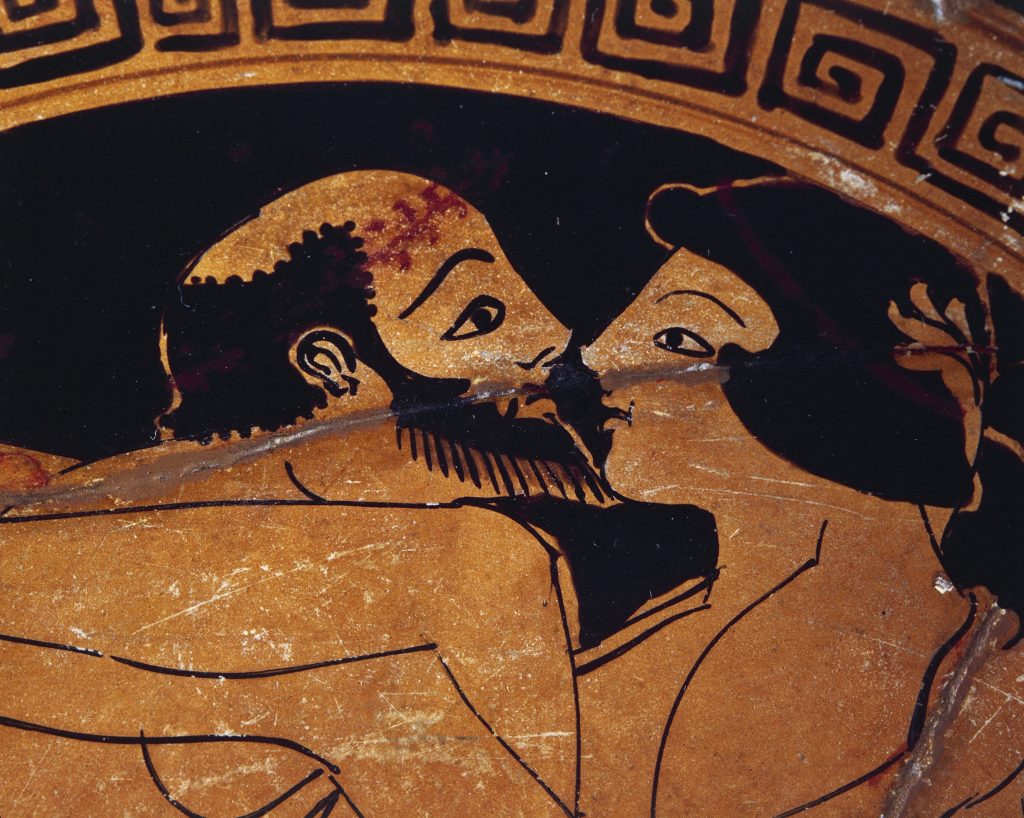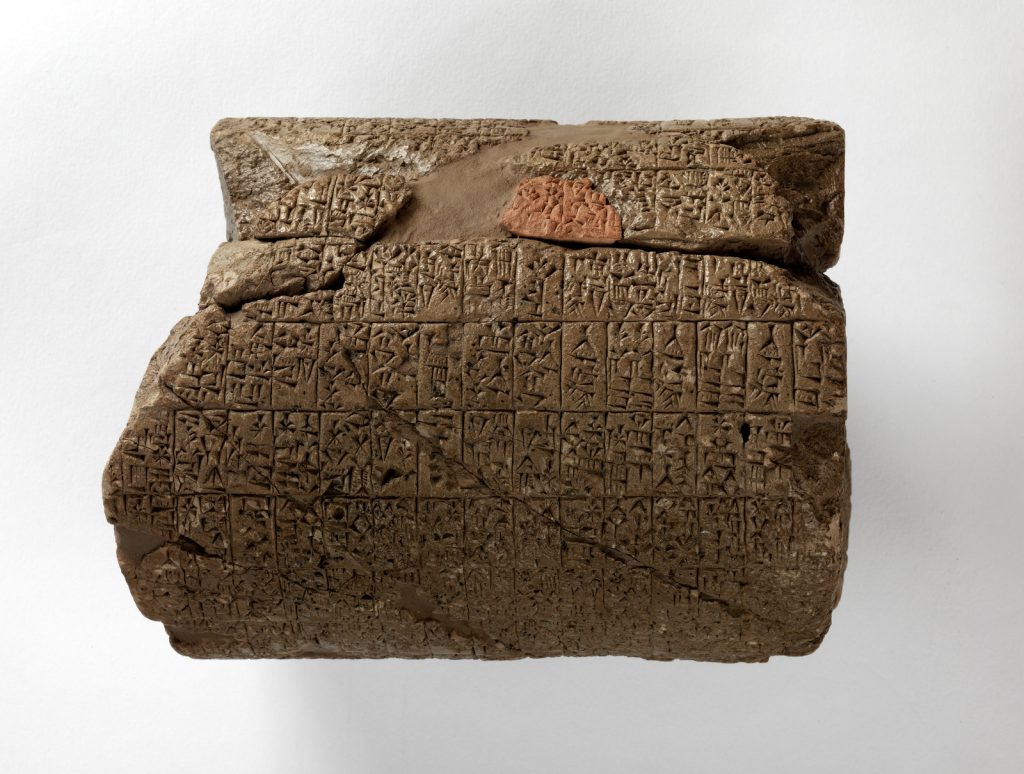Archaeology & History
Humans Have Been Kissing For Millennia, New Research Shows
A Danish husband-and-wife duo say archaeological sources show kissing was happening as early as 2400 B.C.E.

A Danish husband-and-wife duo say archaeological sources show kissing was happening as early as 2400 B.C.E.

Jo Lawson-Tancred

How long have humans been locking lips? Certainly long before St. Valentine came on the scene. Scientists and historians tended to agree that this romantic custom emerged at least by the late Bronze Age, between 3300 B.C.E. to 1200 B.C.E., thanks to what they believed were the earliest known mentions of kissing. These could be found in South Asian manuscripts dating to around 1500 B.C.E.
A Danish husband-and-wife team have recently proposed a new theory, however, that suggests kissing became common at least 1,000 years earlier than previously believed, and was a far more widespread cultural practice.
Troels Pank Arboll, a professor of archaeology, and his wife, the ecologist Sophie Lund Rasmussen, argue that overlooked accounts of snogging were documented in ancient Mesopotamia and Egypt from at least 2500 B.C.E. onward in their essay, published in the journal Science,
“In the earliest texts in the Sumerian language, kissing was described in relation to erotic acts, possibly as a postcoital activity, and the locus was the lips,” they write. This is also evident in texts in the Akkadian language.

The “Barton Cylinder” is currently on display in the Penn Museum’s Middle East Galleries. Photo: Courtesy of Penn Museum.
The earliest surviving example of these texts that the couple cites is the Barton Cylinder, a round clay tablet from around 2400 B.C.E. that was discovered in 1899 and is currently housed in the Museum of Archaeology and Anthropology at the University of Pennsylvania. In one segment of its Cuneiform etchings, an amorous tryst between a god and goddess is recounted that notably ended rather than began with a kiss.
Arboll and Rasmussen also highlighted two tales from around 1800 B.C.E. In one account, a single smooch is enough to seduce a married woman. Another story tells of a single woman who had to vow to resist the urge to kiss one particular admirer.
Were ancient Mesopotamians the very first society to start snogging? While romantic kisses are not culturally universal, the article in Science points out that even bonobos like to pucker up, so it may be impossible to determine which society of humans first felt the urge.

The Ain Sakhri lovers, probably about 11,000 years old. Photo: © The Trustees of the British Museum.
“The kissing practices of these primates hints at something fundamental that goes way back in human history,” Rasmussen told the New York Times.
This could be an explanation for the prehistoric peck captured by one remarkable stone discovered in one of the Ain Sakhri caves near Bethlehem and now in the collection of the British Museum. At around 11,000 years old, it dates from the early Natufian period and unmistakably depicts a moment of passion shared by an embracing couple, their faces touching.
“Using the subtle shaping of the natural stone the sculptor has produced a remarkably evocative image of human sexuality,” according to one of the museum’s curators, who added that the work has ” a timeless, touching resonance of tenderness, love and relationship.”